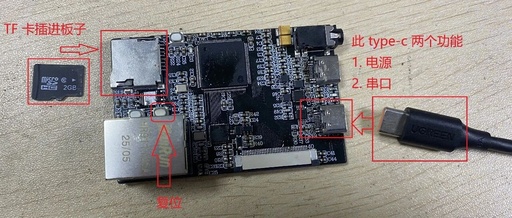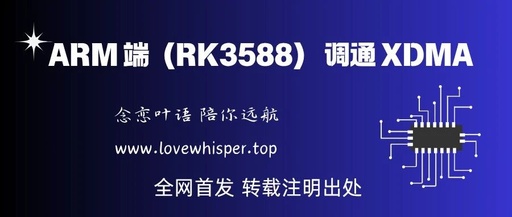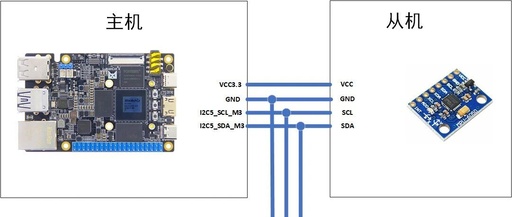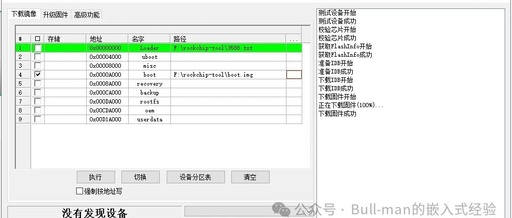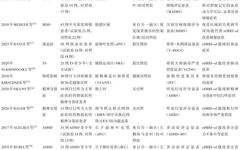Allwinner T113-S3 Development Board: Flashing Firmware to TF Card and Booting
Firmware:<span>tina_t113-bingpi_m2_uart3.img</span> TF Card Flashing Tool:<span>phoenixcard4.2.8</span> Serial Port Tool:<span>putty.exe</span> Files shared via cloud drive: tina_t113-bingpi_m2_uart3.img and 4 other files Link: https://pan.baidu.com/s/1Ms8jQKene7fEaAiAaKxA6A?pwd=skke Extraction code: skke Here are the flashing steps Double-click to open the flashing tool:<span>PhoenixCard.exe</span> Next, connect the TF card to the computer Select the firmware Type of card to create, select “<span>Boot Card</span>“ Eject the … Read more
